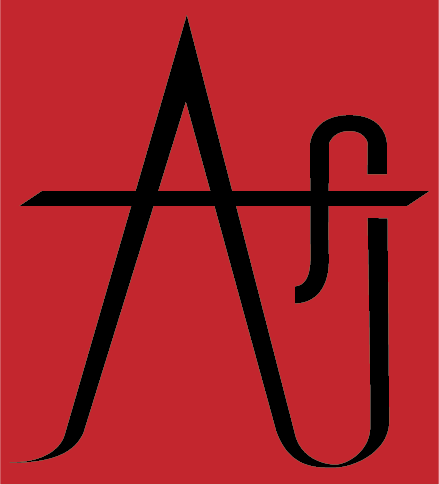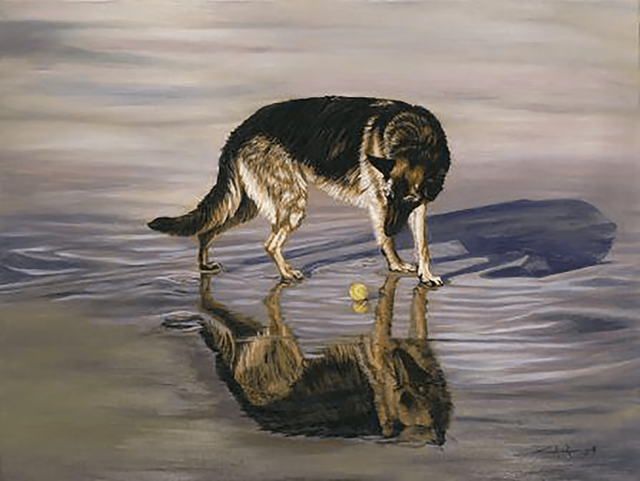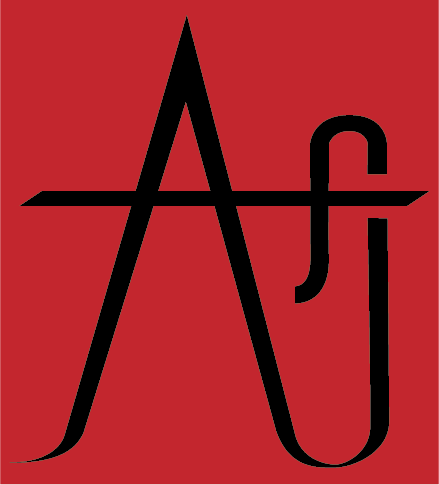
ORIGINS OF ART FOR JUSTICE
In March, 1995 I learned of a fundraising exhibit to be held at a nearby school which would display artworks of local artists, including works by prisoners from Graterford Prison. The art was to be sold to raise funds for the art programs in the public school. I attended the exhibit and bought a painting by Charles Lawson, one of the prison artists. I wrote to Mr. Lawson, who is sentenced to life without parole, to thank him for his work. Over time I became friends with Charles Lawson; together we co-founded Art for Justice with Charles Lawson. The work is a reflection of the conversations we have had over the past 24 years - conversations about art, social justice issues, and transformation. We decided that Art for Justice artists either self-proclaimed as wrongly convicted or guilty seeking redemption. The art is a way for the artists to be creative within the harsh realities of prison and, through the exhibiting of their works, participate in a process that brings people together to discuss critical issues in the criminal justice system.
MASS INCARCERATION IN PHILADELPHIA
Art for Justice calls for citizens, policy makers, professionals and employees in the criminal justice system to acknowledge and address systemic flaws such as: the death penalty, solitary confinement, life without parole, wrongful convictions, cash bail, incarceration of individuals with mental illnesses, lack of access to quality legal representation and prosecutorial misconduct. Unjust and inequitable laws, policies and practices must be changed to achieve a fair, effective, humane system of justice.
EXHIBITS
Since 1997 Art for Justice has displayed prisoner artworks over 100 times at public venues and events – some of which include Free Library of Philadelphia, John Jay College of Criminal Justice in NYC, Temple University’s Beasley School of Law, Community College of Philadelphia, Elizabethtown College, Widener University, Berean Presbyterian Church, Pendle Hill, etc. Our exhibits and events reveal through art the humanity behind bars and welcome truth telling from individuals and families who have experienced crime and incarceration
WORKSHOPS FOR YOUTH
Art for Justice created the Road Map for Life Workshops for Youth in the criminal justice system or at risk of future involvement with the system. The Workshops are a series of ten sessions that help high risk youth identify their strengths, understand the legal consequences of high-risk behaviors, and learn to make choices that lead to constructive lifestyles.
The Workshops use an innovative, narrative approach that presents the original art and statements of Charles Lawson and other prison artists whose life experiences serve as instructive, cautionary tales for the youth.
ART
Art for Justice supports and exhibits prisoner art to engage viewers in conversations about individual worth and collective justice.
We believe an individual’s artwork, no matter where it is made, brings to life the unique creativity of the maker. Through the artwork the artist tells a story that initiates a conversation with each viewer. One of the ways that a prisoner, locked far from society behind layers of barricades, can communicate with the larger society, is through art.
Art for Justice exhibit reach across deep divides in our society, reveals our shared humanity, and stimulates dialog about how to achieve a functional, accessible system of justice for all.
Founders Statements
Ann Marie Kirk Statement
It is my belief that incarceration in the United States, the highest rate in the world, is the result of interlocking, inhumane, inequitable and ineffective policies and practices that are corroding the fabric of our society.
Art for Justice seeks to engage viewers in conversations about collective justice and individual worth through art. We display prisoner art that reaches across deep divides in our society, reveals our shared humanity and stimulates dialogue about how to achieve a more functional, accessible system of justice for all.
This condensed personal history shares the experiences and ideas
that have inspired my work with Art for Justice.
My Father’s teachings of “Reverence for Life” are the foundation of my art, my work, and my life. Father, an attorney, often read selections from religion, law and the arts to his children. Following the readings we children were expected to participate in dynamic family discussions, relating the readings to the issues of civil and human rights that were dominant in the 1950’s and 1960’s.
My personal experience with violent crime occurred in 1979 when my two year old daughter and I were in an armed bank robbery. During the robbery a stocking faced man held an AK-47 aimed inches from my daughter’s head. Having an immediate experience with violent crime intensified my interest in criminal justice issues. Years later, the Road Map for Life Workshops, which I co-created through my artistic collaboration with Charles Lawson, brought full circle my passion to reach out to young people to help them turn away from violence and learn to build structures for success in their lives.
When Art for Justice presents our Workshops to Youth who have been involved in harmful activities, I tell about my daughter having an assault weapon aimed at her head during the bank robbery. Sometimes I feel that I am the one crawling across the bank floor to try to teach these young people to save their own lives and the lives of others.
CHARLES Z. LAWSON Statement
After years of inner battles and hopeless attempts to seek legal remedies to the sentence of life without parole, which I knew to be unjust, I found myself searching for some form of happiness and a way to maintain my sanity. In the course of my searching, I turned to art and discovered that my art could be moving and inspirational to those in despair as well as to those who appreciate beauty and the visual arts. Through Art for Justice I share my artworks which express my thoughts, emotions and pain.
I have two major goals in exhibiting my art. The first is to give something back to my community. Growing up in Philadelphia I knew the poverty and violence that young people live with every day. Peer pressure was a constant reality and survival was dependent on how you were perceived.
I strive to inspire youth to look at their own talents and turn away from violence which can lead to the halls of the criminal justice system and eventually to prison. If I can inspire just one or two persons, then I can count myself among those who have tried and succeeded.
My second goal is HOPE! I hope that in viewing my artwork you will recognize that even in prison there are individuals who have worth and have something to contribute to their communities. I believe redemption is possible, even for long term offenders. If you see value in my artwork, then I truly HOPE you come away with a determination to see that changes are made so that such worth is no longer wasted, but put to a constructive use.

All Rights Reserved
WEB DESIGN AND DEVELOPMENT BY
PRISONER ART FOR SOCIAL JUSTICE

AFJ Shows the humanity behind bars.
Brings awareness to systemic flaws in the criminal justice system. Seeks solutions to eliminate injustice.
PRIVACY STATEMENT: Art For Justice respects your privacy. We will never give out your email address or any other personal information without your permission.

